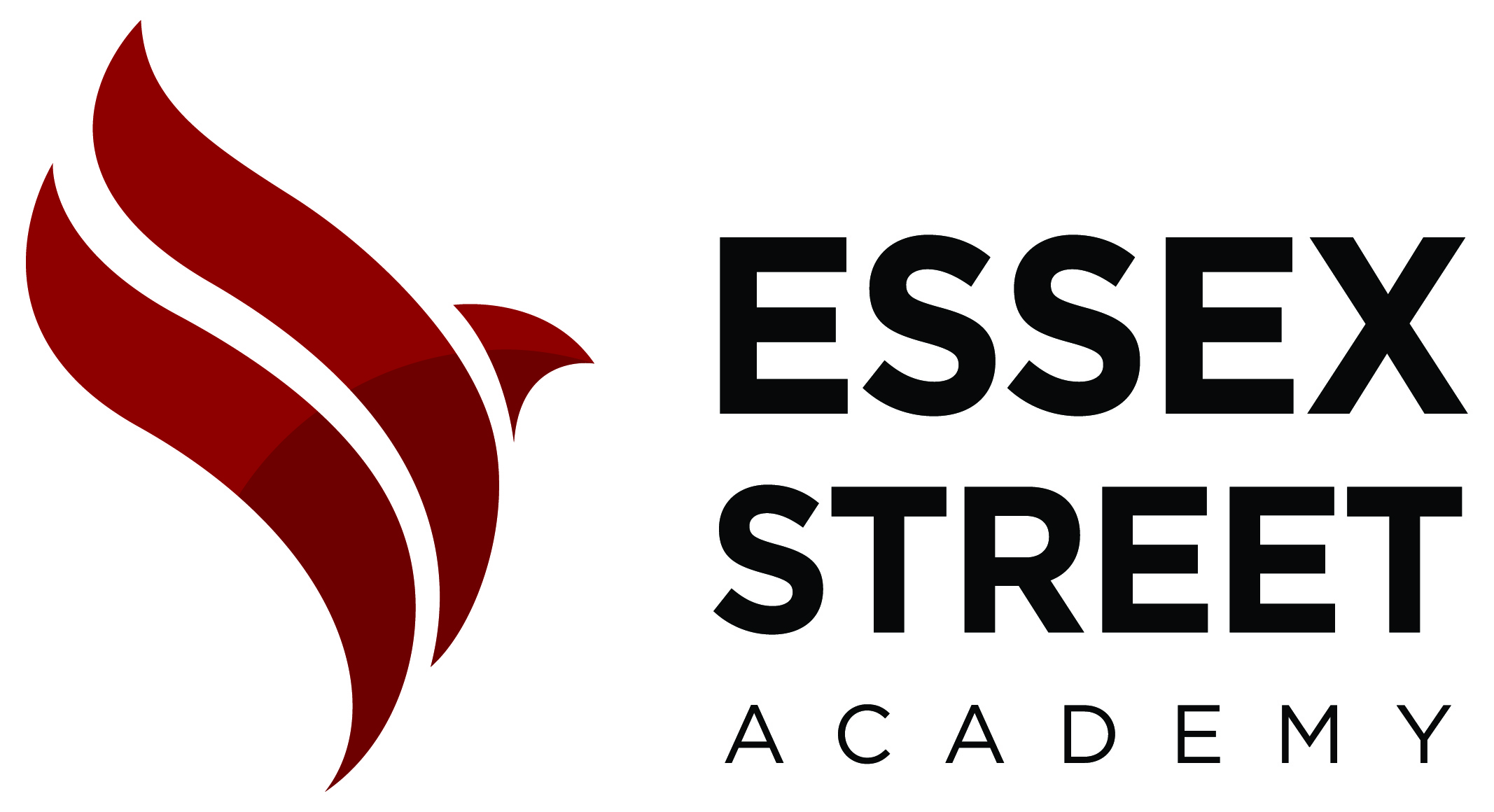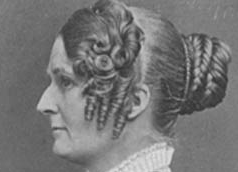In a course called 19th century movements for social change, my students are preparing for their Anti-Slavery Convention. This is part of a unit on the abolition movement, the mother of all movements in the US. Early on in the unit, the students learn that abolitionists were black, white, and mixed race, male and female, and Northern and Southern. Most were religious, but some were atheists. Students complete a request form to let me know what traits matter to them, and I match them to a 19th century abolitionist. For me, this is an opportunity to use what I know about each young person to help them know themselves better.
Maria Weston Chapman is always assigned to a quiet but forceful student. Chapman herself did not like to give speeches, but she was a prolific and talented writer and a fundraising powerhouse. Her friends nicknamed her Captain Chapman because of the way she ran the Boston Anti-Slavery Fair to raise money for the cause. Frances Ellen Watkins Harper is a good match for the poet in the room; there is always one who reveals herself to me. The courageous, badass nature of abolitionists is sometimes concealed behind 19th century mores, but the ministers Henry Highland Garnet and Theodore Sedgwick Wright tap into the Martin Luther King Jr.s among us – verbally dextrous, charismatic young men who are figuring out how to harness their great power responsibly.
It never fails that there are female students who are eager to play the roles of men, and Asian students who want to be African Americans, and African American students who want to be white abolitionists. Inhabiting the roles of people ostensibly unlike oneself but sharing certain traits – social connection, wit, quiet courage, a talent for holding an audience – can be a powerful experience. Invariably, some students hate on their assigned abolitionist (she’s boring! she didn’t know anyone!) and I offer them a chance to change their identity. Almost always, though, with a little more research, I can help them find their connection to their person. They develop the habit of speaking in the first person – “I was born in slavery in Maryland, and became a free man when I escaped on a ship at age 21.”
The most fun part of the convention is the social part, where they gossip. Because it is a research project, they gossip about themselves. Harriet Beecher Stowe gets to talk about the shocking article she wrote to expose the husband of her friend, who had an affair with his half-sister. Finding out the multiple dimensions of these activists – that Lucretia Mott would not wear cotton because it was produced by slave labor, that Frederick Douglass had beef with William Lloyd Garrison – allows them to honor the complex experience of being human. Abolitionists were on the right side of history, but some were petty, others were shy, and others had towering egos and thin skins.
At the convention, each abolitionist will give a speech, and will be introduced by an abolitionist associate. They write their own intros, so that they can highlight their distinctive contributions. When they speak, they have the option to update the language of their speech, keeping just a few lines of the original. Their task is to be true to their 19th century counterpart, and they take it seriously.

